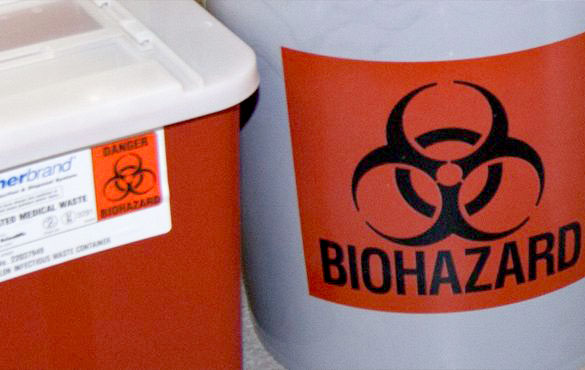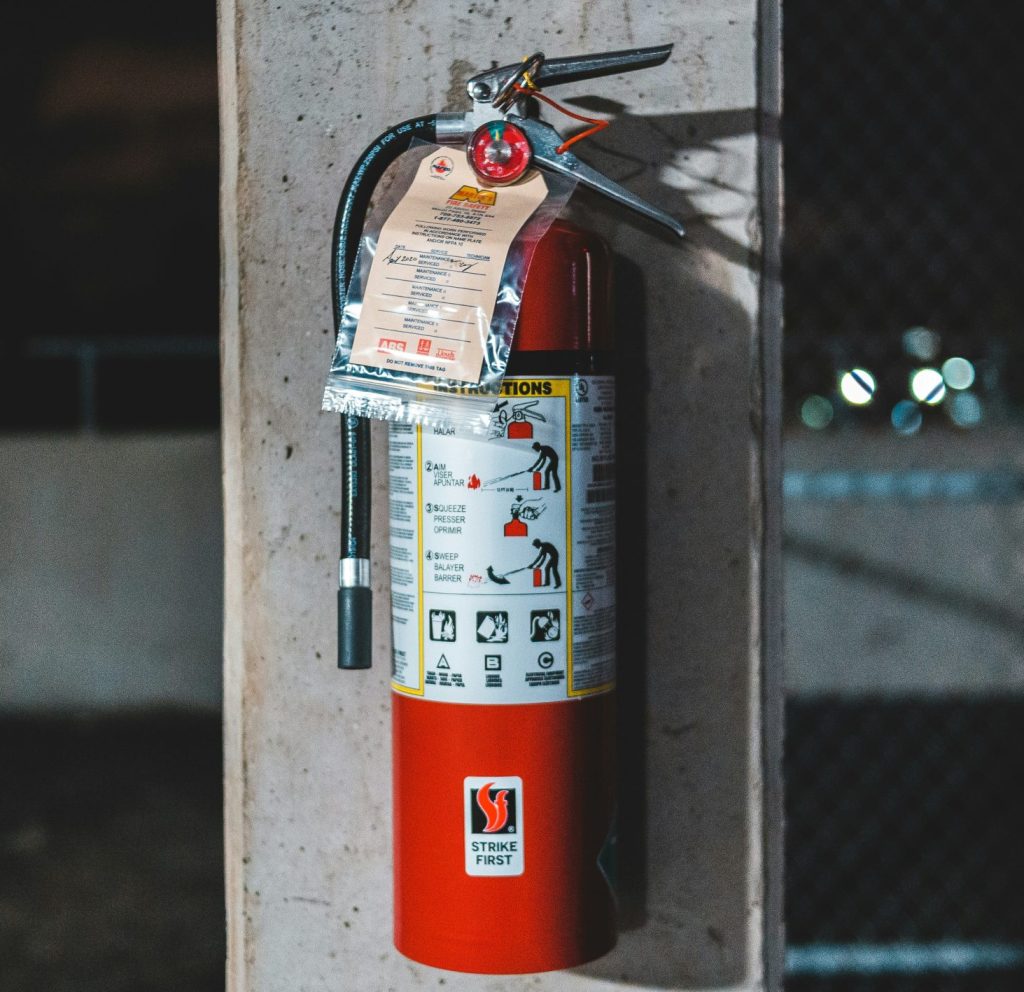Fire Prevention
Fire safety begins with ensuring all University of Michigan (U-M) facilities contain the appropriate life safety systems and that these systems are in working order at all times. With operating systems in the buildings, responsibility then falls to all faculty, staff, students, and visitors to follow appropriate procedures.
Environment, Health & Safety (EHS), Fire Safety Services (FSS) assists U-M in ensuring all buildings and temporary structures are in compliance with the fire safety rules and regulations. FSS educates faculty, staff, and students about fire safety best practices through inspections, fire evacuation drills, and education.
Standard Operating Procedures, Guidelines, and Manuals
The following documents provide information about how to use items that are a fire hazard.
- Diesel Fuel Generators
- Electric Transportation Vehicle in University Buildings
- Holiday Decorations
- Lithium Battery Guidance
- Placement of Alcohol Based Hand Sanitizers in Non-Health Care Facilities
- Smudging Safety
- Space Heaters
- Special Hazard Fire Extinguishing Systems
- Use of Outdoor Cooking Appliances
- Use of Propane Heaters on University of Michigan Property
- Use of Solid Alcohol Fuel Gel (a.k.a. Sterno)
- Use of Tents on University of Michigan Property
Life Safety Systems
FSS inspects the life safety systems in all buildings at time of construction or during renovation to ensure the systems meet appropriate code requirements. The life safety system is designed to monitor the environment in and around the building for changes that indicates the presence of fire or smoke. If there is a presence of fire or smoke, then the life safety system activates to reduce or eliminate the risk of injury or damage. Examples of life systems include: heat and smoke detectors, fire suppression equipment, and exit pathways from the building.
For more information about life safety systems, refer to the Fire/Life Safety web page.
Fire Inspections
FSS conducts inspections throughout U-M properties, special events, and temporary structures. Inspections include:
- Facility fire, life safety, and liquor license inspections for regulated facilities
- Occupant capacity
- Egress evaluations
- Other site or event specific programming
Refer to the following fire inspection checklist to ensure your workplace and living place meet the fire inspection (prevention) criteria:





